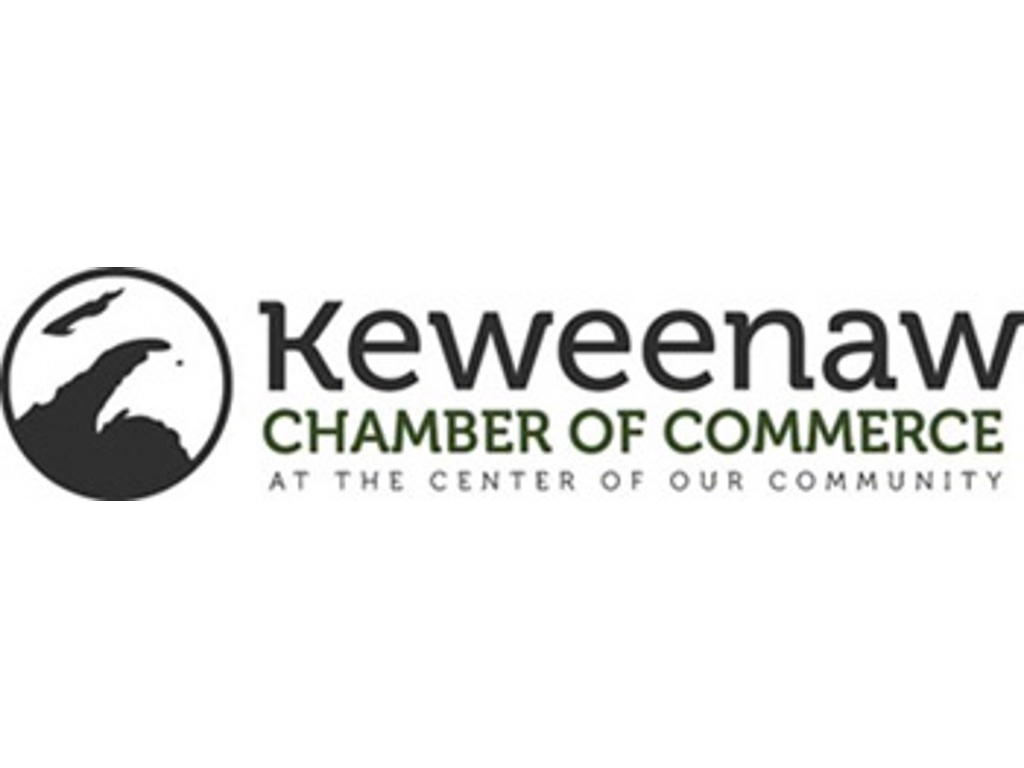The Portage Health Foundation is holding a day of informational sessions to discuss their calls for proposals for the Stop the Roar of Hunger food initiative.
This is the 2nd round of funding for the campaign which seeks to end food insecurity in the four-county area.
Meetings will be held tomorrow at 9am on the 4th floor of 400 Quincy Street in Hancock, 11am at the County Administrative Offices in L’Anse, and at 2pm at the Ontonagon County Courthouse.
Anyone who is thinking of applying for a grant is encouraged to attend.
Successful applicants will be announced in early October.
The Portage Health Foundation Releases Second Round of Funding To Stop the Roar of Hunger
[Hancock, MI] As part of the Portage Health Foundation’s (PHF) “Stop the Roar of Hunger” food initiative, PHF is releasing its second round of funding in support of food initiatives in the four-county community (Baraga, Houghton, Keweenaw, and Ontonagon).Over the past two years PHF has researched the ways in which food insecurities and nutrition affect an individual’s overall health. In an effort to reduce the negative effects of food insecurities, hunger, and poor nutrition, PHF has begun identifying funding strategies to address the community’s awareness to food and the critical impact it has on individual and population health. PHF’s multi-faceted approach focuses on three main approaches, 1) community education 2) access, and 3) affordability.
During PHF’s first round of funding, they identified two main objectives: (1) to create greater awareness throughout the community to the role food plays in overall population health, and (2) to develop and execute the first-steps toward helping to provide nutritious food to people who may be food insecure. Initial awards were given to a Prescription for Health program through Upper Great Lakes Family Health Centers; Market Bucks program offered by the Portage Lake District Library, and Let’s Eat (Community Meals).
It has been identified that, within the four-county service area, the median food insecurity rate was 15.5% in 2014, while the median food insecurity rate for children was 24%. This means over 8,500 of our residents lack access to food at some point during the year.[1]
Experts generally define food insecurities as a household not having adequate access to nutritious foods due to a lack of financial and/or other resources at any given point during the year. Therefore, food insecurities are not limited to specific socio-economic groups, but can affect the entire demographic spectrum through such issues as short growing seasons, transportation problems, or limited availability of fresh, affordable whole foods throughout the year. As a result, many individuals and families may consume the most readily available and economical foods, which oftentimes have limited nutritional value and contribute to the health risks our community is experiencing. It is also recognized that food insecurities put teens, adults, and seniors at risk for health conditions. For adolescents, food insecurities may be associated with mood, anxiety, behavior, and substance abuse disorders, while in adults it may be associated with cardiovascular risks.[2]
As PHF has discussed this health concern with community members and other stakeholders, its focus has become much broader than addressing food insecurity rates. Although the PHF remains focused on food insecurity, they are taking a more holistic approach to food and its impact on individual health.
This second call for funding proposals will be focused on two separate target demographics.
First, PHF will be seeking proposals that address children from birth to age twelve (12). Lack of proper nutrition can have adverse health effects in individuals of all ages. For example, infants to 3-year-olds who receive too little energy, protein, and nutrients may be at risk for lasting deficits in cognitive, social, and emotional development, while school-aged children who experience severe hunger may be at an increased risk for developing chronic health conditions, psychiatric distress, behavioral problems, and poor self-esteem. Fortunately, improved nutrition, increased environmental stimulation, emotional support, and secure attachment to parents/caregivers can potentially compensate for early undernutrition in children.[3]
Second, PHF will be seeking proposals that address the needs of young adults, more specifically college-aged young-adults.
“US studies suggested that 21-59% of college students experience some form of food insecurity.” (Consumer studies article). Statistics show that about 30.5% of students have to choose between buying food or education expenses throughout their college careers. (Hungry to Learn). These statistics are consistent with local findings. With four (4) institutions of secondary education in the four-county service area, it is important that this demographic not be overlooked. The study Hunger on Campus looked into the other effects of hunger on college students. Absenteeism, not having appropriate course materials, and failing/dropping out are just some of the negative impacts of students that are struggling financially and must choose between their education and food. Because of the lack of current studies, the challenges of college students who are faced with food insecurity are impacted in a much larger capacity than may immediately be understood. Physical health, financial health and academic success are all affected by food insecurity within this demographic. (Consumer studies article).
Proposals that address food insecurity and nutritional needs of these target demographics will be considered for funding. Proposals that integrate food/nutrition with programming components which promote and encourage physical activities, and/or mindfulness will be given preference. Education, access and affordability are key considerations by PHF as they review applications. PHF also places great emphasis on improving overall community health and food awareness, inclusion, reduction of stigma, and access to healthy foods as primary considerations during the preparation of any proposal(s).
“The Portage Health Foundation recognizes that the lack of proper nutrition can have adverse health effects in individuals of all ages.” said Chelsea Goodreau, Communications Coordinator for Portage Health Foundation. “With these first two rounds of funding, we are taking the first steps to address what is a much bigger health concern for our community.” PHF believes that as a community working together, we can find meaningful and impactful solutions to address health issues associated with the absence of a healthy diet.
Proposal submissions will be must be received /post marked no later than 3:30p.m. EST on Friday September 15, 2017. Please visit PHF’s website (www.phfgive.org) to download an RFP application, which contains specific information and criteria for each RFP.
The PHF will be hosting an informational session(s) relative to this call for proposal on Thursday July 20th at the following locations:
Hancock – 400 Quincy Street (4th floor), 9a
L’Anse – County Administration Offices, 11a
Ontonagon – County Courthouse – 2p
All interested parties intending to apply for funding support are encourage to attend this informational session. Successful applicants will be announced in early October.
Applications can be mailed to:
Portage Health Foundation
400 Quincy St. – PO Box 299
Hancock, MI 49930
Or submitted via email to:
The Portage Health Foundation is a 501(c)(3) charitable organization that receives and contributes charitable donations in order to support the health needs of the community through enhanced philanthropy and community collaboration in Baraga, Houghton, Keweenaw, and Ontonagon counties.
[1] “Map the Meal Gap 2016: Overall Food Insecurity in Michigan by County in 2014,” and “Map the Meal Gap 2016: Child Food Insecurity in Michigan by County in 2014,” Feeding America, accessed October 5, 2016, http://www.feedingamerica.org/hunger-in-america/our-research/map-the-meal-gap/data-by-county-in-each-state.html.
[2] Katie A. McLaughlin et al., “Food Insecurity and Mental Disorders in a National Sample of U.S. Adolescents,” Journal of the American Academy of Child & Adolescent Psychiatry, 51, no. 12 (December 2012): 1293; and Hilary K. Seligman et al., “Food Insecurity is Associated with Chronic Disease among Low-Income NHANES Participants,” The Journal of Nutrition, 140, no. 2 (February 2010): 304, doi: 10.3945/jn.109.112573.
[3] “Effects of Poverty, Hunger and Homelessness on Children and Youth,” American Psychological Association, accessed October 20, 2015, http://www.apa.org/pi/families/poverty.aspx.
 Keweenaw Report Your Source for Local News and Sports
Keweenaw Report Your Source for Local News and Sports





